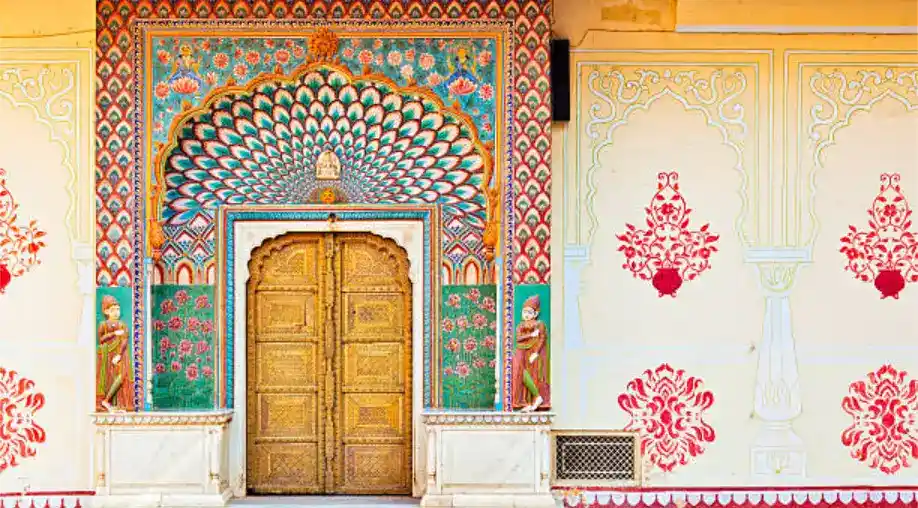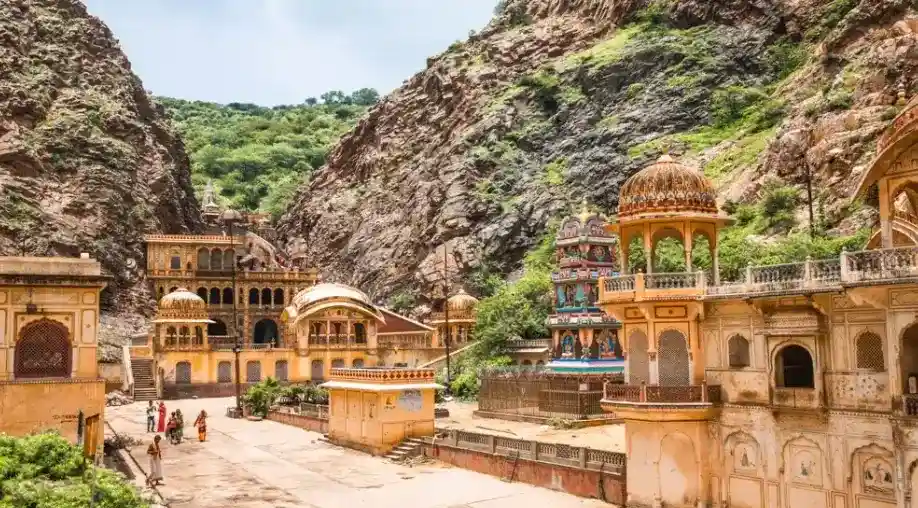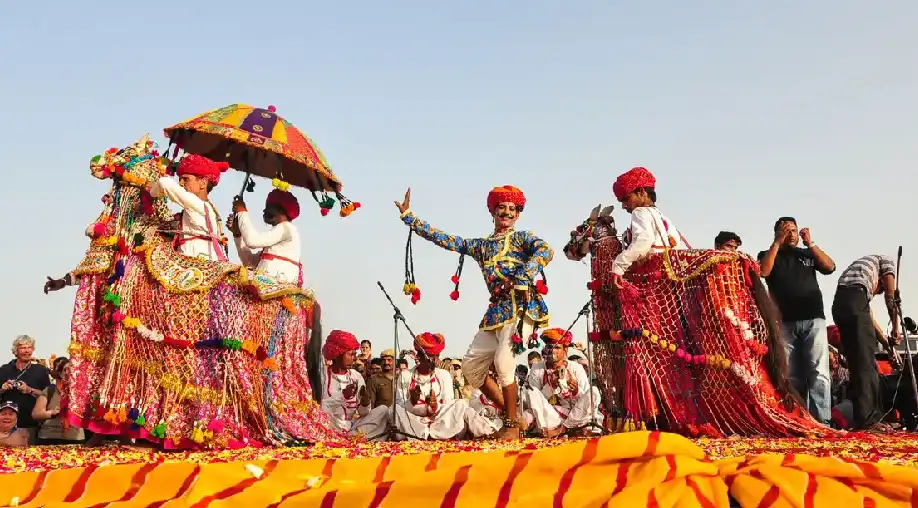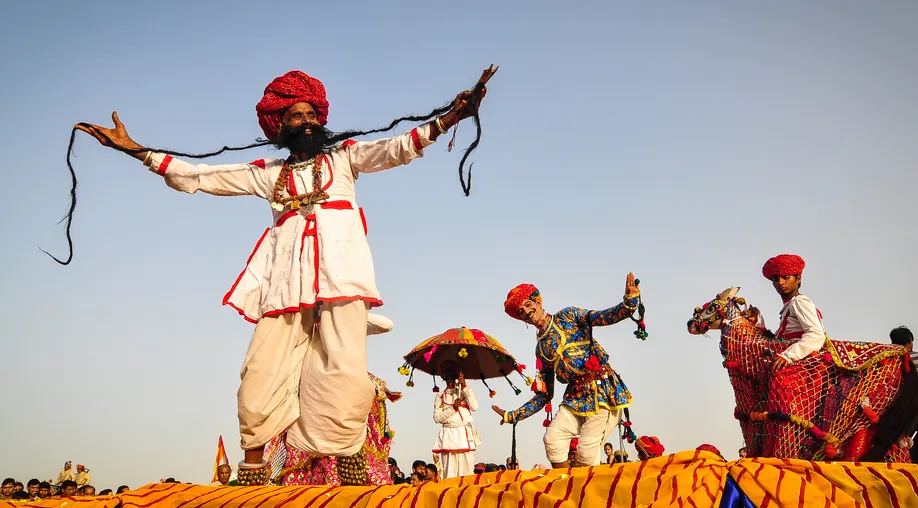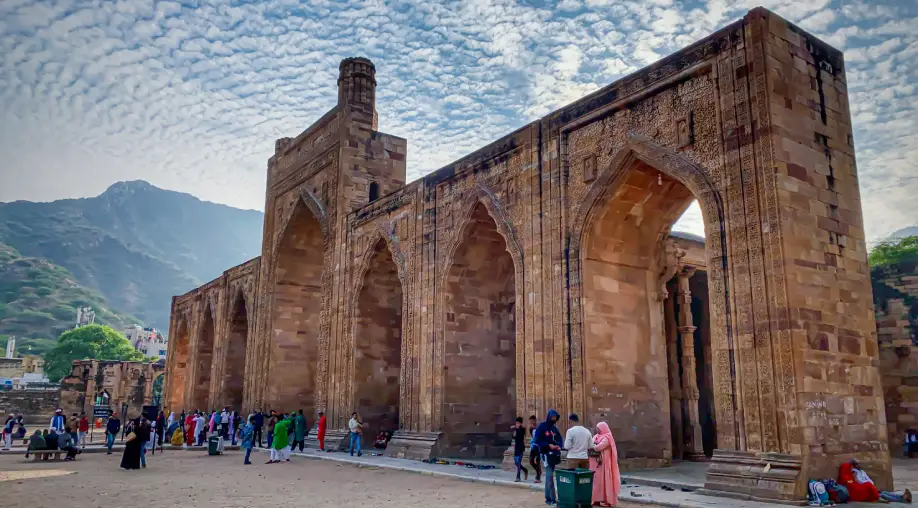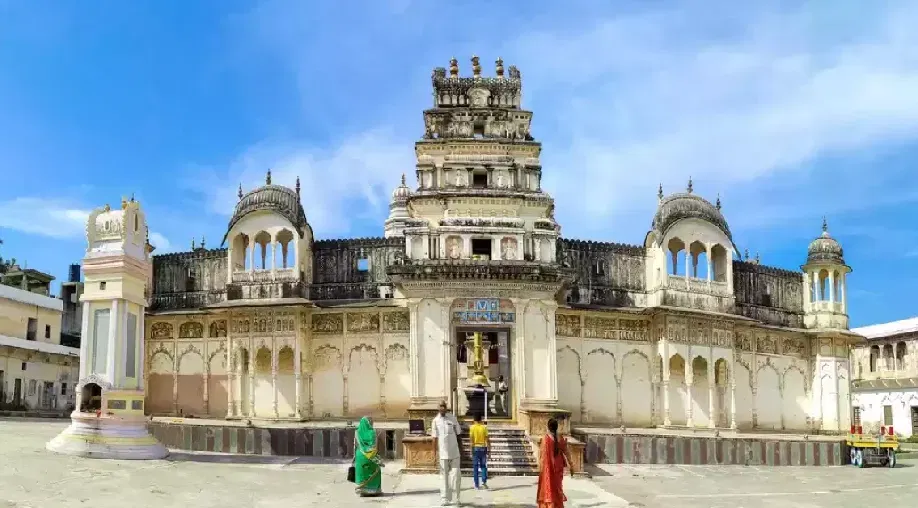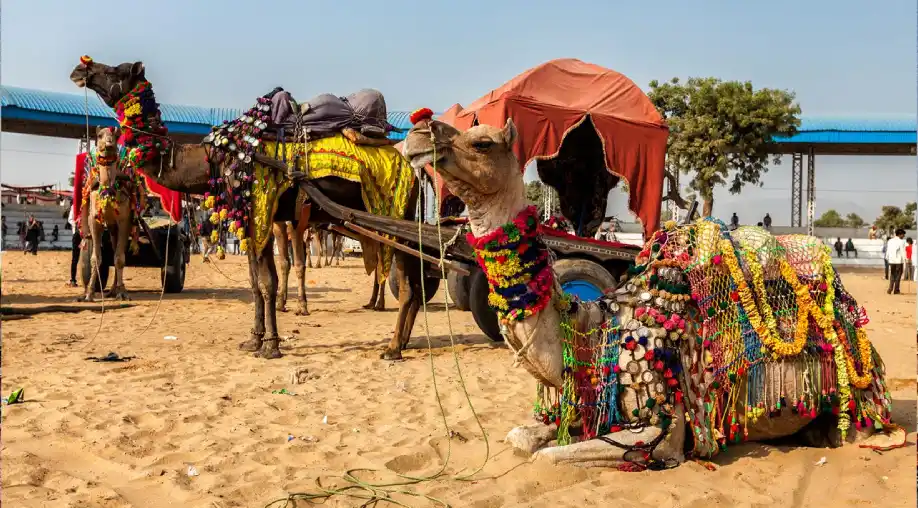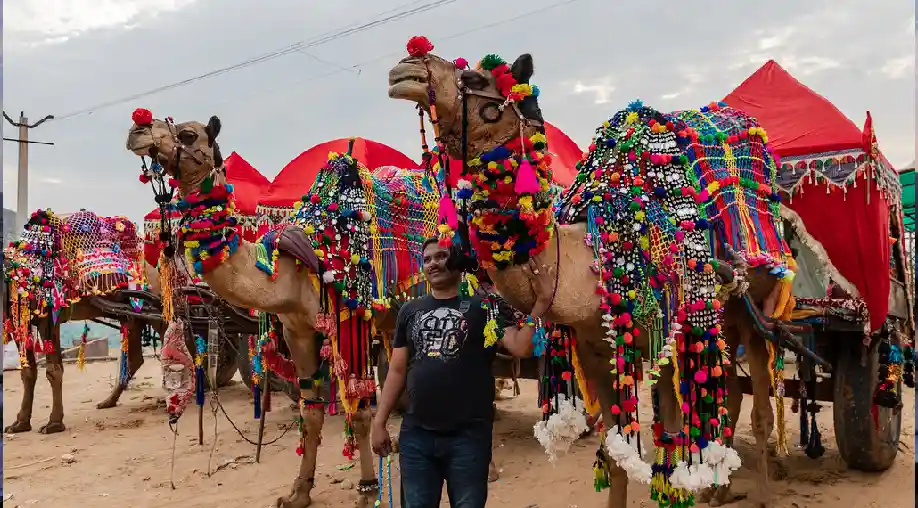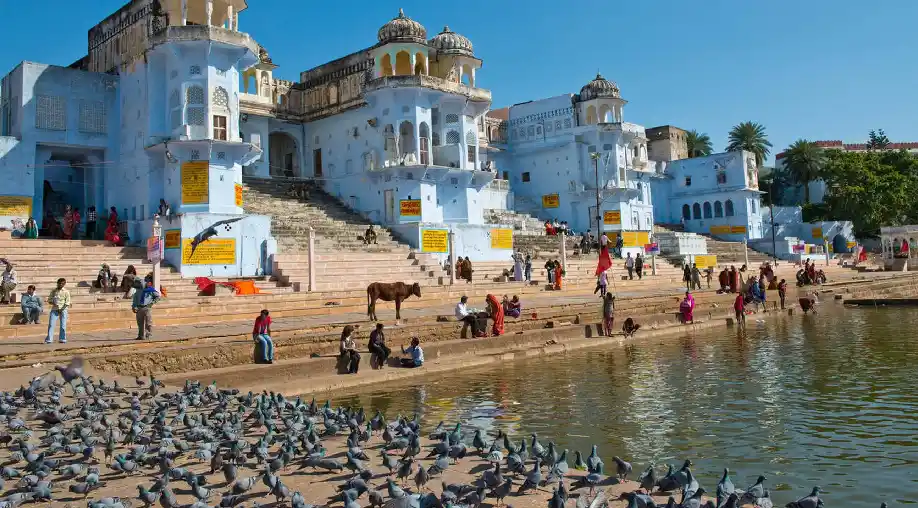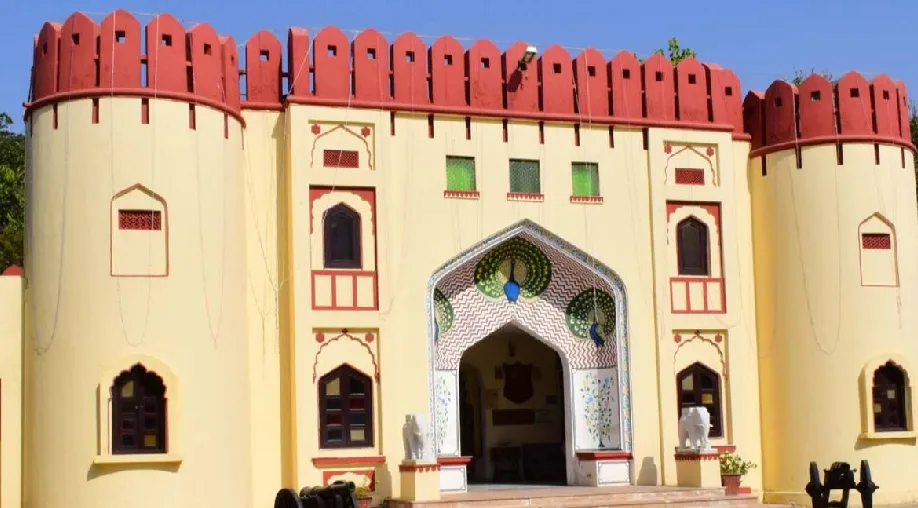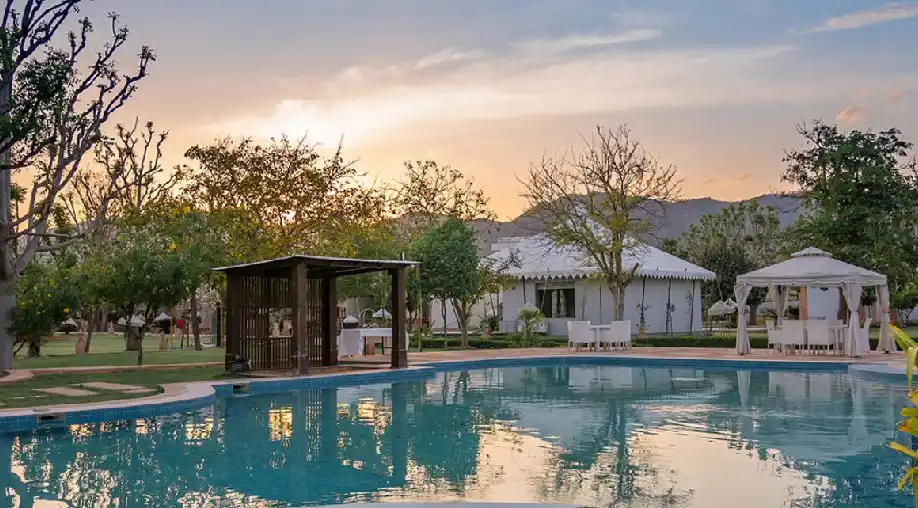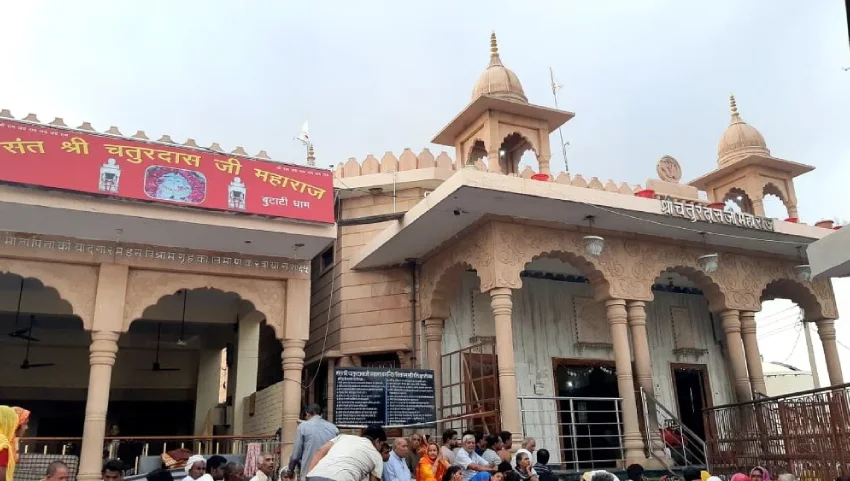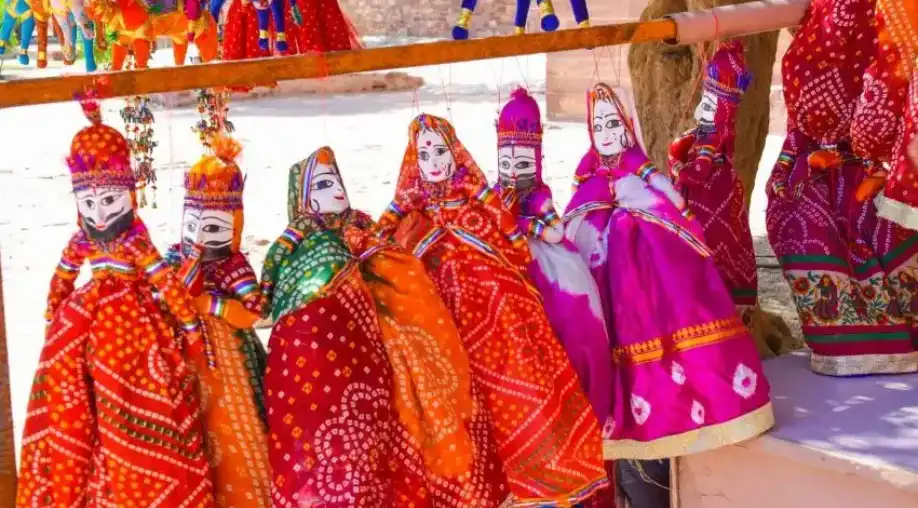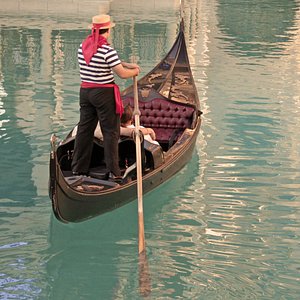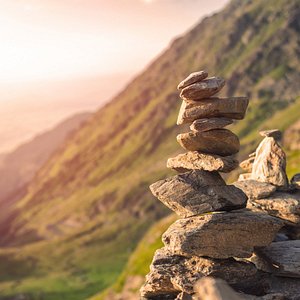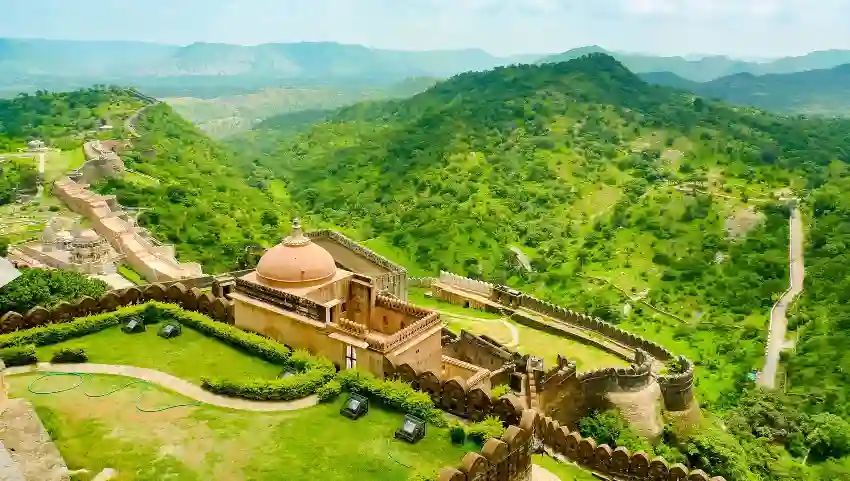
5 Best Places to Visit in Ajmer
Ajmer, situated in the very heart of Rajasthan, is a singular destination that harmoniously blends rich spiritual heritage, Mughal history, and nature. Be you a pilgrim, a history buff, or simply a person seeking to find some solace and tranquility, Ajmer opens its arms to welcome you.
From the sacred energy at Ajmer Sharif Dargah to the peaceful sunsets at Ana Sagar Lake, the city has unforgettable experiences in every nook and corner. Here's a step-by-step guide to the 5 top attractions in Ajmer, described in simple and welcoming words for all types of travelers.
1. Ajmer Sharif Dargah
A sacred site that unites people from all walks of life.
Why it's famous:
The Dargah of Ajmer Sharif is the mausoleum of the great Sufi saint Khwaja Moinuddin Chishti. People of all faiths and communities worship at this shrine, praying and asking for his blessings. It is said that the preachings of Khwaja Sahib encouraged love, sympathy, and equality.
What to do:
- As you proceed towards the Dargah, you'll have to navigate crowded bylanes lined with flower vendors, confectionery stores, and stores selling prayer items.
- Inside the Dargah, the atmosphere is deeply spiritual. You’ll hear qawwalis (Sufi devotional music), prayers, and chants that echo in the heart.
- Many visitors tie a thread at the shrine and make a wish, believing it will be fulfilled.
- The complex also has old Mughal-style gateways and courtyards, each with historical stories.
Travel tip:
Go early in the morning or late in the evening for a quiet experience. Dress conservatively and take off your shoes before you go in. Skip Fridays and celebration days if you want a quieter visit.
2. Ana Sagar Lake
A serene place amidst the urban jungle to connect with nature and unwind.
Why it's popular:
Ana Sagar Lake is a stunning artificial lake constructed in the 12th century by the famous king Prithviraj Chauhan's ancestor Anaji Chauhan. This gigantic lake covers a distance of 13 kilometers and is a popular destination for both locals and travelers.
What to do:
- Take a leisurely boat cruise on the lake and enjoy panoramic views of the city and the surrounding hills.
- Stroll along the shores of the lake lined with marble pavilions constructed by Emperor Shah Jahan.
- Explore surrounding gardens such as Durga Bagh and Daulat Bagh, ideal for picnicking or a serene evening.
- The sunsets at Ana Sagar are simply beautiful—ideal for photography or just serene contemplation.
Travel tip:
Visit around 5:00 PM to sunset to experience the breeze and golden hour. You can also purchase snacks or tea from street vendors around.
Related Tour Packages
3 Nights / 4 Days Jaipur - Ajmer - Pushkar 4 Nights / 5 Days Delhi - Jaipur - Ajmer - Pushkar 2 Nights / 3 Days Ajmer - Pushkar 6 Nights / 7 Days Jaipur – Ajmer – Pushkar – Delhi – Agra
Jaipur Ajmer Pushkar 4 Days Tour
Delhi Jaipur Ajmer Pushkar Tour
Luxury Ajmer Pushkar Tour Package
Golden Triangle Tour With Ajmer Pushkar
3. Adhai Din Ka Jhonpra
A mysterious old structure with history and distinctive design.
Why it's famous:
Adhai Din Ka Jhonpra means "shed of two and a half days," founded on the theory that the structure was erected within that duration. It was once a Hindu or Jain temple before it was altered into a mosque by Qutb-ud-Din Aibak in 1199 AD.
What to do/see:
- Architecture here is Islamic arches in combination with carvings resembling Hindu-style work, making it extremely different.
- You'll notice columns incised with symbols, flowers, and scriptures, a glimpse into the multi-layered history of the region.
- The ruins serve as a reminder of India's rich religious past, where art and culture from various religions merged.
Travel tip:
Engage the services of a local guide if you like a history lesson. The site is not crowded and a serene place to meditate or get a photo taken.
4. Akbar’s Palace and Museum
Where the Mughal emperor resided—and history prevails.
Why it's so famous:
The red sandstone fort was constructed by Emperor Akbar in 1570. It was his abode whenever he came to Ajmer to pray at the Dargah. Now, it has been converted into a museum that exhibits artifacts of Mughal and Rajput history.
What to experience:
- Strut through old archways and halls lined with weapons, paintings, miniature paintings, and relics.
- Learn about the extensive history of Ajmer, as well as Mughal and Rajput cultural exchange.
- The fort also provides a good notion of military Mughal-era architecture.
Travel tip:
The museum is in close proximity to the Dargah and Adhai Din Ka Jhonpra, so visit all three together in one visit. Photography is typically permitted without flash.
5. Ajmer Jain Temple (Soniji Ki Nasiyan)
A golden carving temple that narrates an ancient tale.
Why it's popular:
Soniji Ki Nasiyan is another name for this Digambar Jain temple, which is dedicated to Lord Rishabhdev, the first Tirthankara of Jainism. It is most popular for the Swarna Nagari (City of Gold) within—a hall that is full of golden replicas.
What to see:
- The central hall contains gold-plated wooden statues, depicting scenes from Jain mythology, such as cities, elephants, ships, and so on.
- The temple is serene and splendidly constructed, with marble finish and exquisite details abound.
- It's one of the strangest and prettiest temples in India—not only spiritually, but also artistically.
Travel tip:
The temple is accessible to everyone, irrespective of religion. Spend time looking at the carvings and reading the descriptions around the exhibits. It's a lovely spot for contemplation and study.
Bonus Tips for Visiting Ajmer:
- Eat local food: Don't miss Ajmeri Kachori, Rabdi, and Sohan Halwa—found in numerous sweet shops and street stalls around the Dargah and the railway station.
- Shop like a local: Visit Kaisarganj, Naya Bazaar, and Dargah Bazaar for souvenirs such as embroidered juttis, handmade bags, silver jewelry, and Rajasthani fabrics.
- Plan a trip to Pushkar: Pushkar, located only 15 km from Ajmer, is known for the Brahma Temple and Pushkar Lake. It will suffice for half a day of excursion from Ajmer.
Conclusion: Why Ajmer is Worth Visiting
Ajmer may not be as grand as Jaipur or as romantic as Udaipur, but what it offers is real, soulful, and enriching. It’s a city where you’ll find people praying together, kings and saints sharing space in the same stories, and peaceful moments around every corner.
Whether you're going barefoot within a Dargah, enjoying the sunset by Ana Sagar Lake, witnessing golden carvings in a Jain temple, or learning about Mughal warriors in a museum—Ajmer will deeply imprint itself within your heart.
It's a city that makes us realize that India's finest beauty is one of diversity, and that peace is not just in silence but in spaces rich with history, prayer, and culture.




